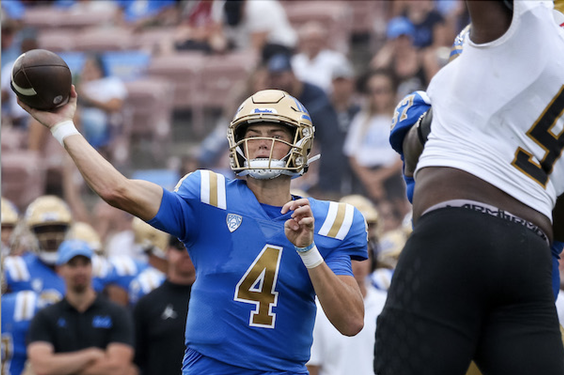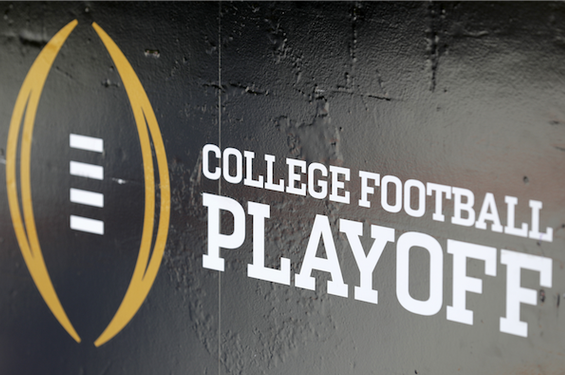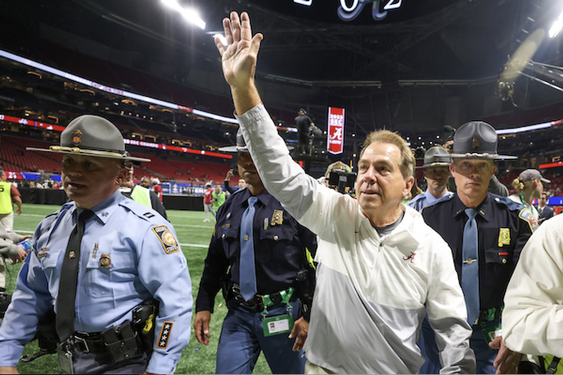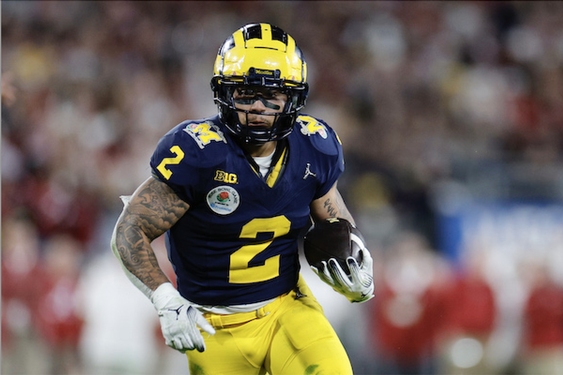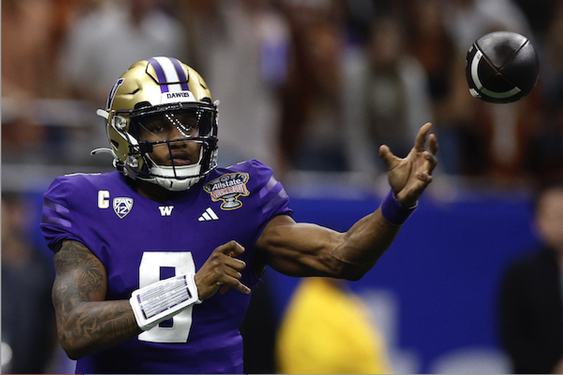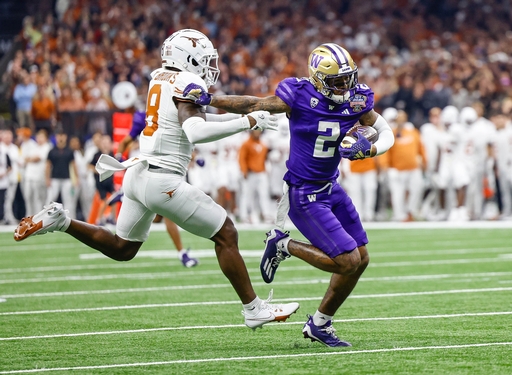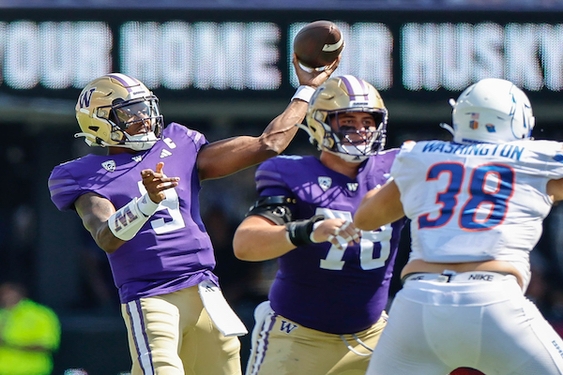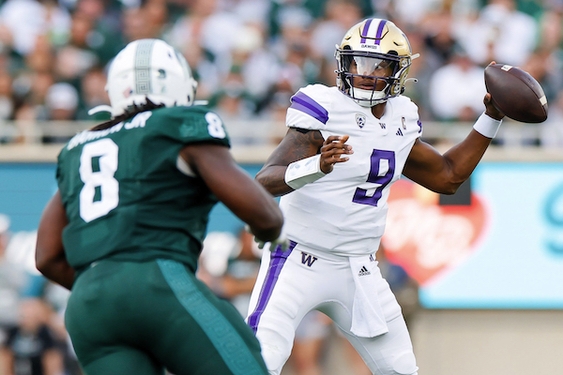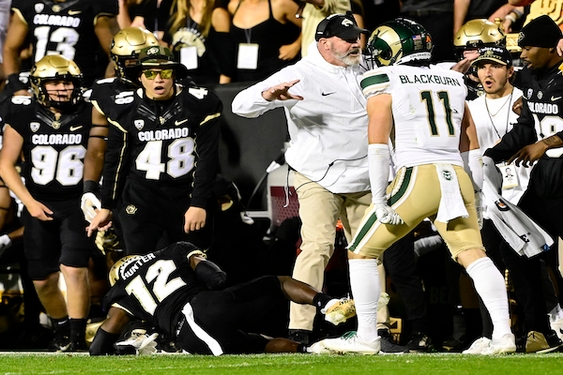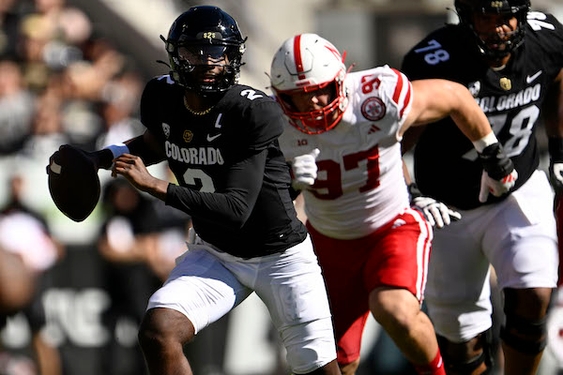It’s hard to overstate the importance of football to America’s college towns.
So far, two of America’s so-called Power Five athletic conferences — the Big Ten and Pac-12 — have nixed their fall football seasons over coronavirus worries, although they’re considering restarting in spring. The Atlantic Coast Conference, Southeastern Conference and Big 12 all plan to move forward, but it’s not clear how many people will be allowed into stadiums or if the season will continue if players fall ill.
“Empty stadiums, regardless of whether there is a season, are going to be devastating to the small college towns,” said University of Mississippi economist Joshua Hendrickson, in Oxford, where the SEC’s Ole Miss is still deliberating over how to handle fans.
“A lot of businesses on the square in Oxford make their year during football weekends,” he said.
Fall Saturdays are usually gangbusters at Fraser’s Pub, where fans saddle up with a brew and some spicy cheese curds a mile or so from Ann Arbor’s Michigan Stadium, where more than 107,000 people can cheer on the Michigan Wolverines.
This year, though, owner Ron Sartori is sweating the loss of the football games, called off when the Big Ten athletic conference postponed the fall season. Fraser’s sales surge up to 150% on home-game days and even 50% for away games, as fans cluster together around the big-screen TVs.
Economists say the loss of a big swath of the college game won’t significantly hit the U.S.’s roughly $21 trillion economy, even if big TV networks stand to lose a sizable chunk of the $1.2 billion in ad revenue the season usually generates.
———
The effects will be starker in small college towns like Iowa City, Iowa, and State College, Pa., where Saturday tailgate parties by alumni are among the year’s biggest draws.
State College’s Beaver Stadium, home to Penn State’s Nittany Lions, can swell to more than 106,000 on game days — or more than double the population of the surrounding city. Football alone accounts for an estimated 8-9% of all visitor spending in the county each year, as fans start showing up as early as Wednesdays for the weekend game, said Fritz Smith, chief executive of the Happy Valley Adventure Bureau, the area’s tourism promotion agency.
That won’t happen this year since Penn State, as part of the Big Ten, is delaying its season.
———
In Eugene, Ore., home to the Ducks of the University of Oregon, hotels during football season are usually full and require a two-night minimum booking, said Brett Rauber, general manager of Campbell House Inn, which is a mile from the Ducks’ Autzen Stadium.
But the school is part of the Pac-12 football conference which elected to postpone.
Overall, visitor spending associated with football added anywhere from $45 million to $100 million a year to the economies of State College and Eugene, as well as Lincoln, Neb., home to the University of Nebraska Cornhuskers, according to economists and tourism officials in each city.
That loss may get absorbed relatively painlessly in bigger college towns with diversified economies like Columbus, Ohio, home to the Buckeyes and a population of 900,000. It’s more painful in places like Michigan’s home of Ann Arbor.
“We depend on the big months to offset the summer and the winter when the students are gone,” said Adam Lowenstein, owner of Good Time Charley’s, an institution on the doorstep of the University of Michigan that’s been around since 1979.
“We need April and September to make up for December, February and July and August,” he said. “And without those times, we’re not a profitable business.”
For now, civic leaders are doing what they can to help small businesses make it through the next several months of dreary football-free Saturdays. The Iowa City Downtown District, a nonprofit merchant association, recently started a gift-card program redeemable at local businesses and is considering a home delivery service, executive director Nancy Bird said.
———
One of Iowa City’s most prominent restaurateurs, Nate Kaeding, was a kicker at the nearby University of Iowa years ago and went on to play for the National Football League’s San Diego Chargers. Today, he’s bracing for at least a 50% revenue hit at his two downtown restaurants during the fall quarter.
Iowa fans “know how to tailgate,” Kaeding said. “Those six or seven home Saturdays — those are circled on your calendar like Christmas morning. It’s hard to think of a fall without all that.”
———
©2020 Bloomberg News
Visit Bloomberg News at www.bloomberg.com
Distributed by Tribune Content Agency, LLC.



